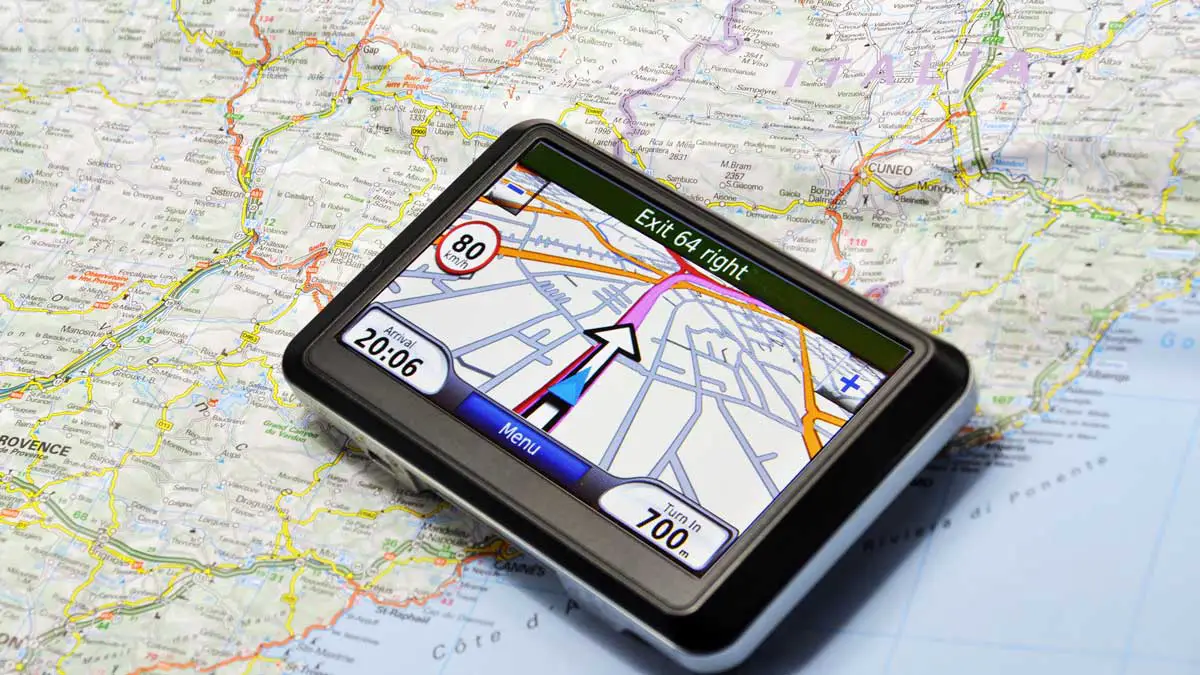After the U.S. Defense Advanced Research Projects Agency issued a proposal for the development concept of a new seaplane in August last year, after nine months of design evaluation, the concept of the aircraft was released yesterday, allowing the world to see the appearance of the new generation of seaplanes of the U.S. military.
The concept machine launched by the Defense Advanced Research Projects Agency (DARPA) is called the “Liberty Lifter”. The name should be a reference to the U.S. military during World War II. The “Liberty Ship” launched by the sinking merchant ship.
During the period from 1941 to 1945, the Liberty Ship reduced costs with standardized specifications, and produced a total of 2,751 ships, which quickly increased the strategic transportation capacity of the US military, and was leased to European allies such as the United Kingdom. It became one of the symbols of the industrial manufacturing capabilities of the United States during World War II.
The free-lift machine type introduced by DARPA belongs to the ground-effect vehicle configuration of the double-carcass (Catamaran) fuselage.
The purpose of the double-body fuselage is to have a strong ability to resist wind and waves in the sea navigation mode, and the transportation volume is also large.
The difference between the wing-ground effect aircraft and the general aircraft is that by flying close to the ground or water, the airflow passes through the aircraft. When the wing flows backward and downward, and hits the ground or water surface, it will generate more lift than in high altitude, reduce the resistance of the fuselage, and creates a higher lift-to-drag ratio than flying at high altitude.
During the Cold War, both the United States and the Soviet Union conducted experiments related to wing-to-ground effect aircraft. The United States tested the “Hughes H-4 Hercules” seaplane in the 1940s, and the Soviet Union was tested by Alexei in the 1960s. The Alekseyev Central Hydrofoil Design Bureau has designed an experimental machine for the “Korabl Maket”. (AKA Caspian Sea Monster)
After the release of the airframe design concept, DARPA will plan various performance indicators of the Liberty Lifter, “In order to improve the range and mobility of the US military in future ocean operations, we will continue to study the range and load capacity of the new model and flight performance.” Alexander Walan, program manager at DARPA’s Tactical Technology Laboratory, said that in the RFI issued last year, the Seaplane should have a minimum capacity of 100 metric tons and be able to hold a variety of amphibious vehicles.
DARPA also pointed out that the biggest technical challenge at present is to solve the problems such as the short range of the existing seaplanes and the ability to resist wind and waves. Therefore, it will take several years to actually build an experimental model.
Image Credit: Darpa
More Reading here: Video: DARPA details its Liberty Lifter seaplane concept




